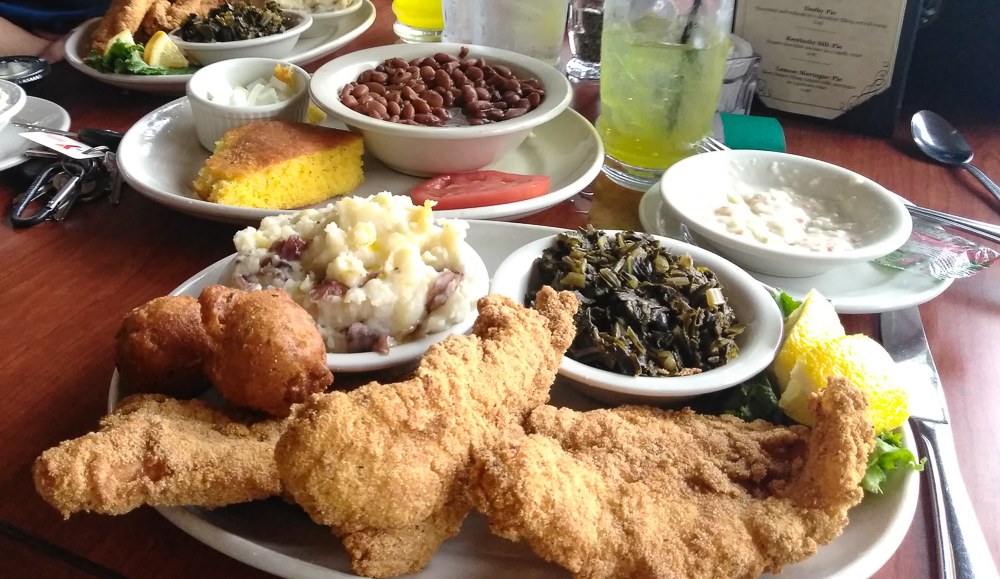
If you’re calculating calories — and far be it from my aim today to suggest you should or should not — then we must heed the advice of the ancient philosopher and define our term. Live Science offers a simple starting explanation.
A calorie is a unit of energy. Historically, scientists have defined “calorie” to mean a unit of energy or heat that could come from a variety of sources, such as coal or gas. In a nutritional sense, all types of food — whether they are fats, proteins, carbohydrates or sugars — are important sources of calories, which people need to live and function.
“Our brains, our muscles — every cell in our body — require energy to function in its optimal state,” said Jennifer McDaniel, a registered nutritionist dietitian in Clayton, Missouri, and spokesperson for the Academy of Nutrition and Dietetics. “So for one, we want to nourish our body right and our brain right. If we don’t get enough of those nutrients [that calories provide], there are negative consequences, whether its losing lean muscle mass, not being able to concentrate or not having the energy we need on a day-to-day basis.”
Knowing what a “calorie” is begs a question: How long ago did the concept take root? James L. Hargrove offers this academic answer at The Journal of Nutrition: History of the Calorie in Nutrition (the abstract).
The calorie was not a unit of heat in the original metric system. Some histories state that a defined Calorie (modern kcal) originated with Favre and Silbermann in 1852 or Mayer in 1848. However, Nicholas Clément introduced Calories in lectures on heat engines that were given in Paris between 1819 and 1824. The Calorie was already defined in Bescherelle’s 1845 Dictionnaire National. In 1863, the word entered the English language through translation of Ganot’s popular French physics text, which defined a Calorie as the heat needed to raise the temperature of 1 kg of water from 0 to 1°C. Berthelot distinguished between g- and kg-calories by 1879, and Raymond used the kcal in a discussion of human energy needs in an 1894 medical physiology text. The capitalized Calorie as used to indicate 1 kcal on U.S. food labels derives from Atwater’s 1887 article on food energy in Century magazine and Farmers’ Bulletin 23 in 1894. Formal recognition began in 1896 when the g-calorie was defined as a secondary unit of energy in the cm-g-s measurement system. The thermal calorie was not fully defined until the 20th century, by which time the nutritional Calorie was embedded in U.S. popular culture and nutritional policy.
That’s enough prelude for readers, if not finicky philosophers, leaving us free to digest the main course prepared by Jaya Saxena at Eater: It’s Time to Get Rid of Calorie Counts on Menus, because they while they tend not to inspire healthier eating habits, “they do inspire guilt and shame.”
The crux of Saxena’s argument is that calorie counts and broader nutritional information are important, but only a part of the equation.
It would be one thing if diet-related illnesses were entirely caused by individual choices. But as more and more people are learning, diet-related illness isn’t about willpower; it’s a problem of the American food supply chain. In his seminal article “Everything You Know About Obesity Is Wrong,” Michael Hobbes points out “all of our biological systems for regulating energy, hunger and satiety get thrown off by eating foods that are high in sugar, low in fiber and injected with additives,” and that those kinds of foods “make up 60 percent of the calories we eat,” whether they come from restaurants or the grocery store. And by pretending health is a matter of choosing one fast-food sandwich over another, companies stand to profit from ensuring everything is full of high-fructose corn syrup and factory-farmed meat. You can’t choose your way out of a broken system.
Saxena writes, “It’s clear that calorie counts on menus have not worked as intended, because health is much larger than the individual numbers associated with a single meal.”
We have a long way to go to decouple size from health, and to ensure nutrition and exercise are not only the province of the elite. But I’d also just like to enjoy some chicken fingers without the menu suggesting I should be doing some advanced mental calculus before ordering. Whatever health looks like, that sort of worry is not it.
There is no pay wall at Eater, so the editor advises a full reading of this thought-provoking piece.
Photo credit: The F&D archives, as identified with a unintentionally prescient comment: “This meal has an ungodly amount of food.”























